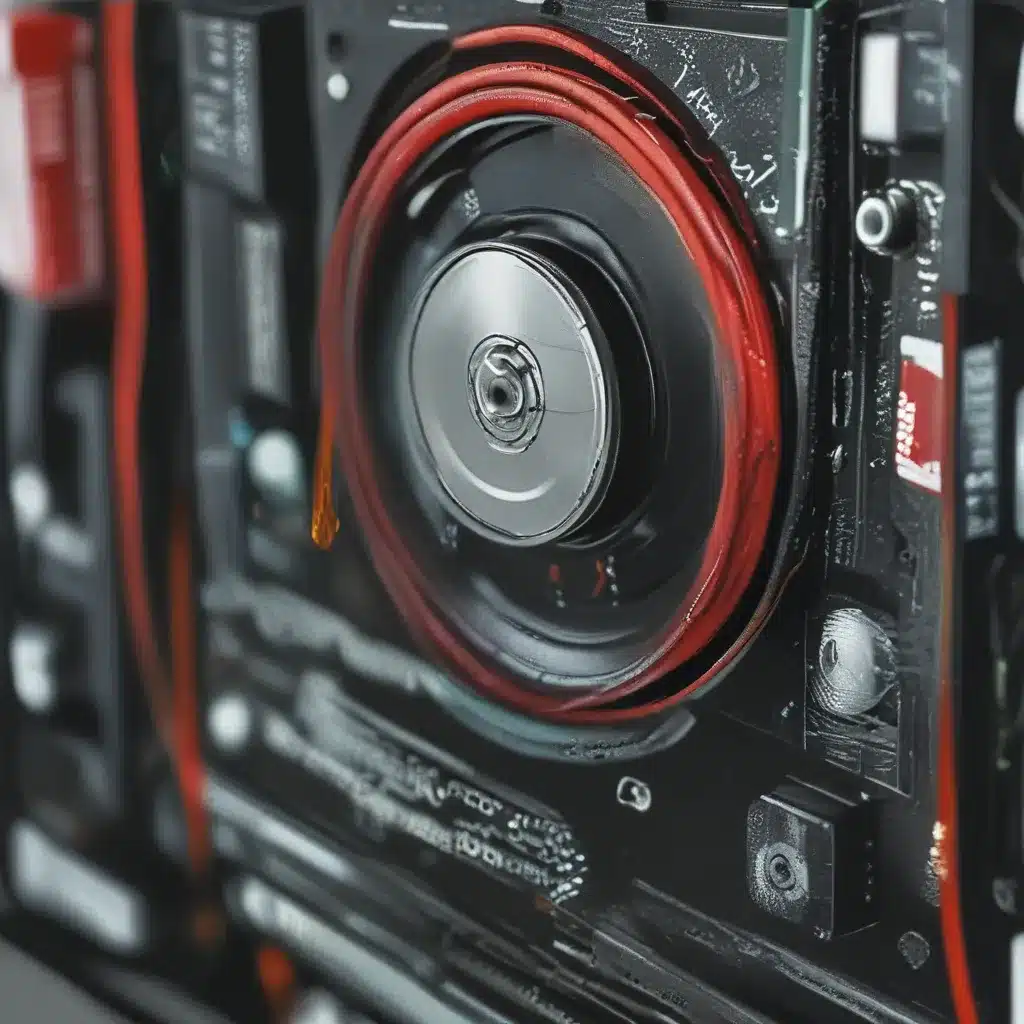
The Importance of Maintaining Drivers
As a computer enthusiast, I’ve seen my fair share of system issues – from compatibility problems to frustrating error messages. More often than not, these problems can be traced back to outdated or improperly installed device drivers. These humble software components are the unsung heroes that allow your computer’s operating system to communicate with the various hardware components, from your graphics card to your trusty printer.
Neglecting your drivers is like trying to navigate a busy intersection without obeying the traffic signals – things are bound to get messy. Outdated drivers not only lead to compatibility issues and system instability, but they also leave gaping holes in your computer’s security defenses. Cybercriminals love to exploit vulnerabilities in outdated drivers, so keeping them up-to-date is crucial for safeguarding your digital haven.
The Convenient Way: Windows Update
Thankfully, Microsoft has made the process of maintaining your drivers a whole lot easier with the Windows Update feature. This handy tool automatically downloads and installs the latest driver updates, ensuring your system is always equipped with the necessary software components to keep your hardware humming along smoothly.
As Microsoft’s support article notes, “The best and safest way to get driver updates in Windows is always through Windows Update.” This is because the updates provided through this channel have been thoroughly tested and verified to work seamlessly with your system.
However, there may be times when you need to take a more hands-on approach to driver management. Perhaps you’re experiencing a specific issue with a particular hardware component, or you’ve just built a brand-new PC and need to ensure all the drivers are properly installed. In these cases, the trusty Device Manager tool can be your best friend.
Mastering Device Manager
Device Manager is your one-stop-shop for all things driver-related. By accessing this nifty tool, you can dive deep into the nitty-gritty of your system’s hardware and take control of the driver installation and updating process.
As the helpful folks on Reddit’s r/buildapc subreddit explain, the process is straightforward:
- In the search box on your taskbar, type “device manager” and select the corresponding result.
- Expand the category for the device you want to update, right-click on it, and select “Update Driver.”
- Choose the “Search automatically for updated driver software” option, and let Windows do its magic.
If Windows can’t find a newer driver for your device, you can try manually searching the manufacturer’s website and following their instructions. Just be sure to download drivers from trusted sources to avoid any potential security risks.
Enhancing Your Device’s Performance and Security
Keeping your drivers up-to-date isn’t just about preventing system crashes and compatibility issues – it’s also a crucial step in safeguarding your digital well-being. As Trend Micro’s security experts explain, outdated drivers can leave your system vulnerable to cyber threats, opening the door for malware, data breaches, and other nefarious activities.
By regularly updating your drivers through Windows Update or the Device Manager, you’re not only ensuring your hardware functions at its best, but you’re also fortifying your computer’s defenses against potential attacks. It’s a win-win situation that will keep your system running smoothly and your digital assets safe from harm.
So, what are you waiting for? Head over to itfix.org.uk and let our expert technicians assist you in keeping your computer in tip-top shape. With their help, you can say goodbye to driver-related headaches and hello to a blazing-fast, secure, and reliable computing experience.












